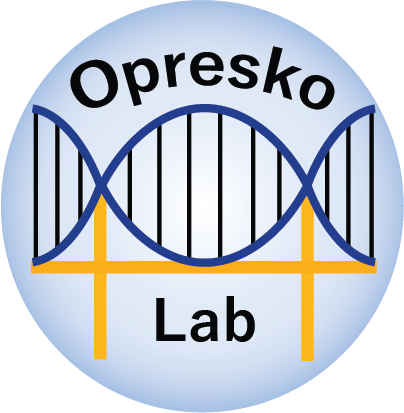DNA Repair Review
Samantha Sanford’s review, “How DNA damage and non-canonical nucleotides alter the telomerase catalytic cycle” was recently published in DNA Repair, with contribution from Griffin Welfer of the Freudenthal lab. This review focuses on the human telomerase catalytic core, which contains telomerase reverse transcriptase (TERT) and the integral RNA (TR), and how it is affected by oxidatively damaged nucleotides, anti-viral, and anti-cancer drugs. Find the abstract and link below.
Abstract
Telomeres at the ends of linear chromosomes are essential for genome maintenance and sustained cellular proliferation, but shorten with each cell division. Telomerase, a specialized reverse transcriptase with its own integral RNA template, compensates for this by lengthening the telomeric 3’ single strand overhang. Mammalian telomerase has the unique ability to processively synthesize multiple GGTTAG repeats, by translocating along its product and reiteratively copying the RNA template, termed repeat addition processivity (RAP). This unusual form of processivity is distinct from the nucleotide addition processivity (NAP) shared by all other DNA polymerases. In this review, we focus on the minimally active human telomerase catalytic core consisting of the telomerase reverse transcriptase (TERT) and the integral RNA (TR), which catalyzes DNA synthesis. We review the mechanisms by which oxidatively damaged nucleotides, and anti-viral and anti-cancer nucleotide drugs affect the telomerase catalytic cycle. Finally, we offer perspective on how we can leverage telomerase’s unique properties, and advancements in understanding of telomerase catalytic mechanism, to selectively manipulate telomerase activity with therapeutics, particularly in cancer treatment.
https://www.sciencedirect.com/science/article/pii/S1568786421001543
Fig. 4. Telomerase repeat addition processivity.

